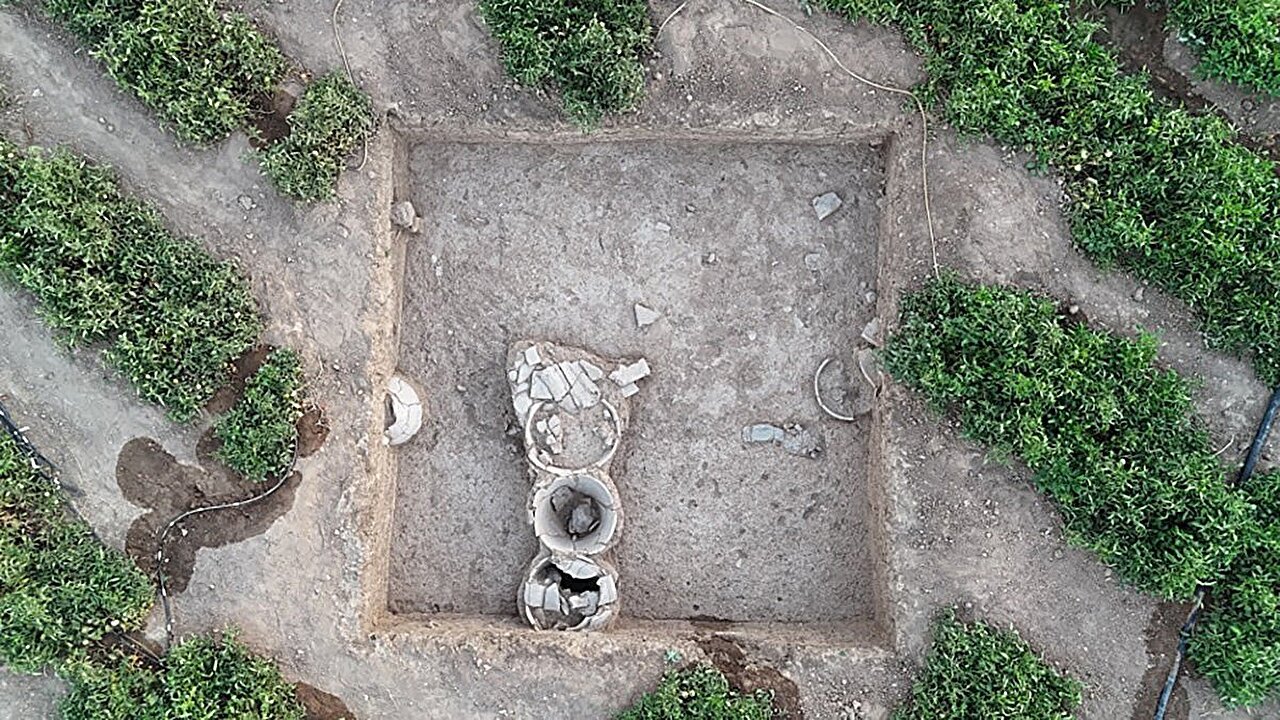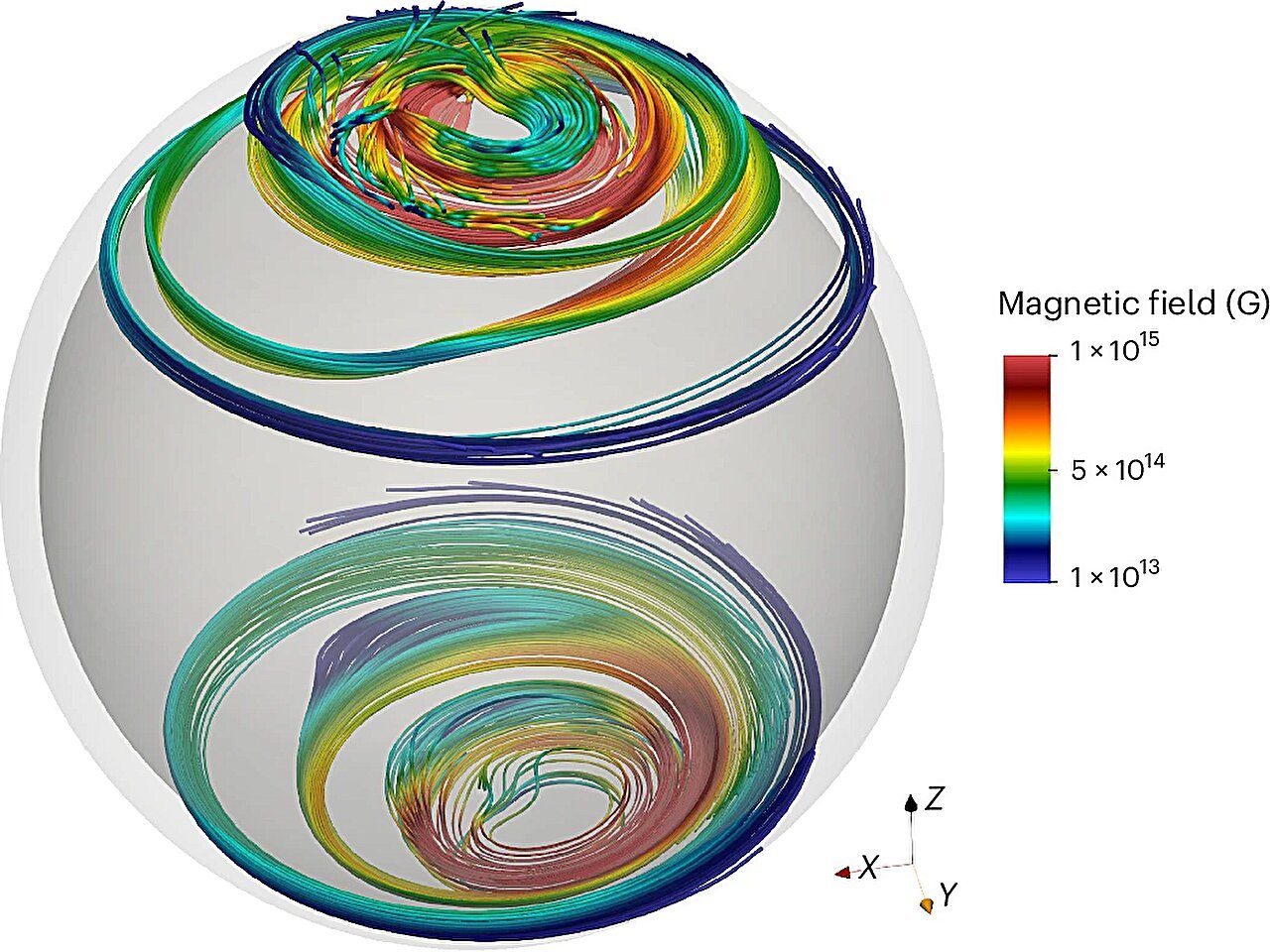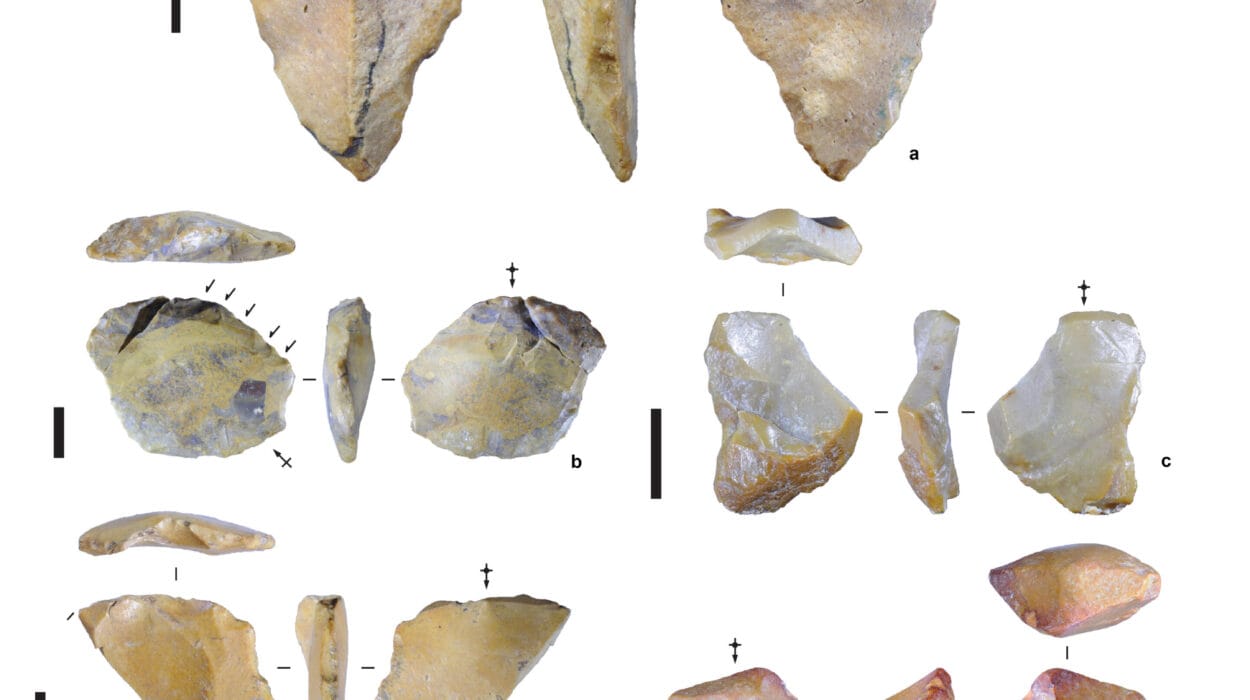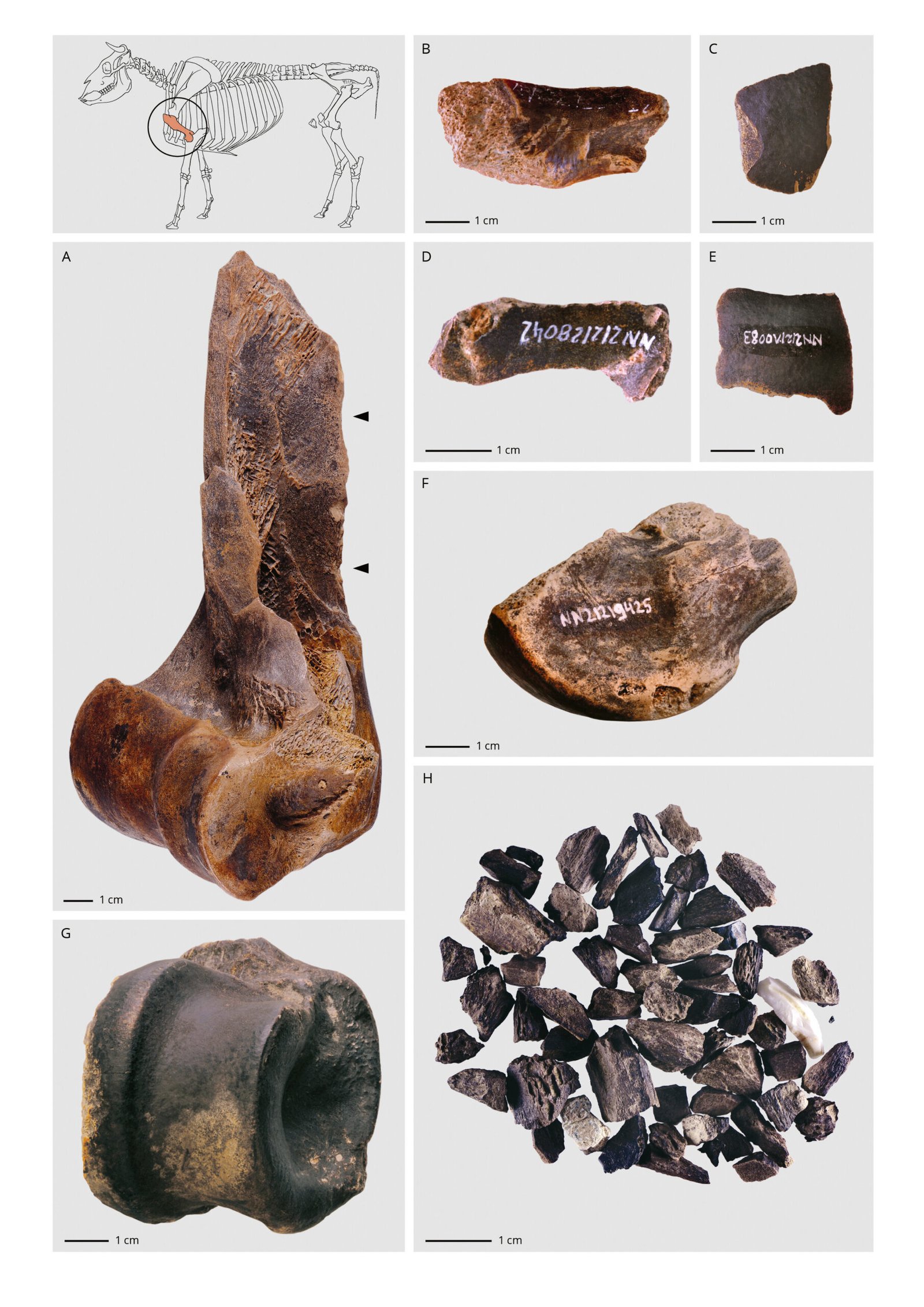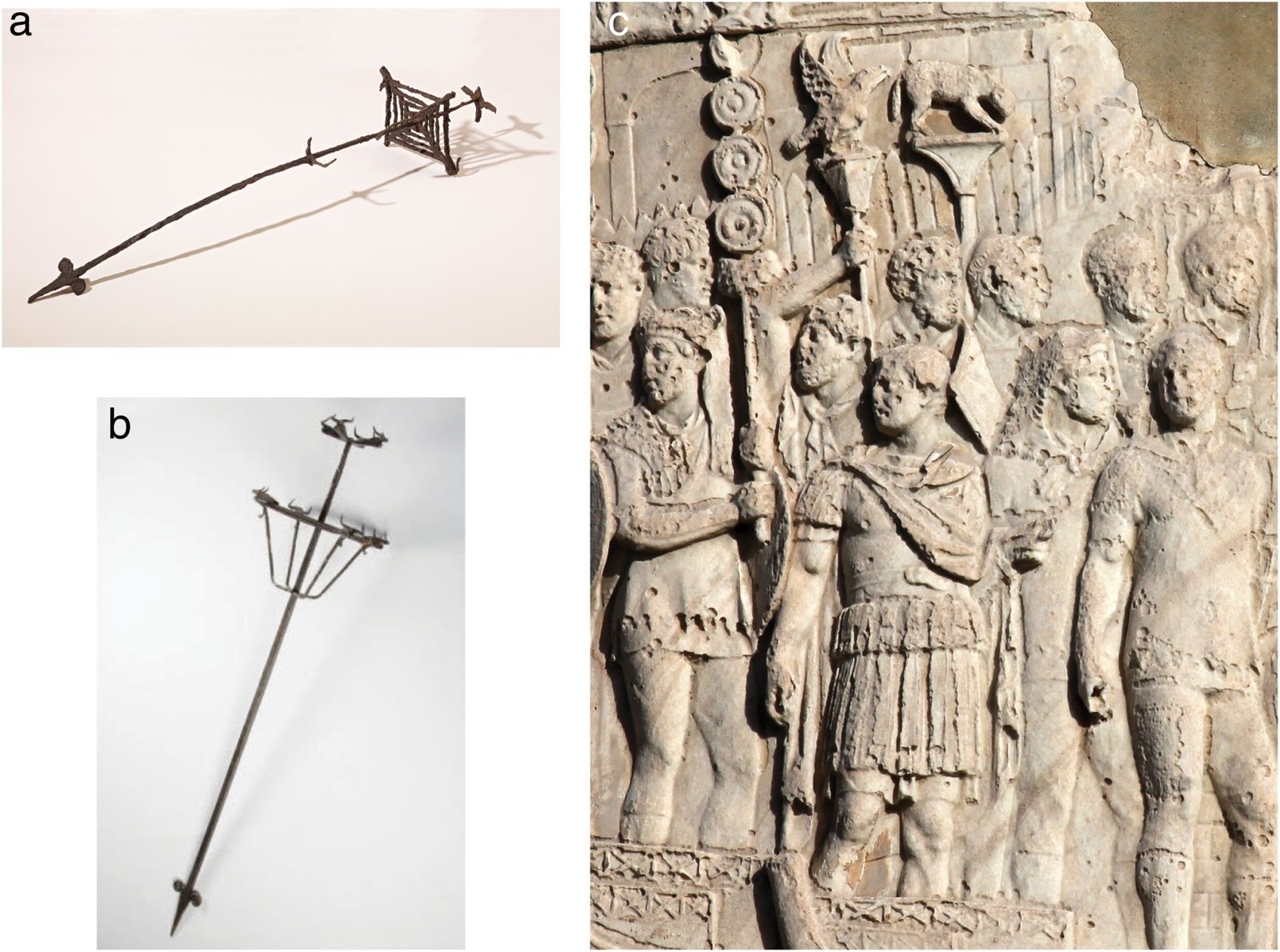Exciting new archaeological findings by a team led by Dr. Tiffany Earley-Spadoni, an associate professor of history at the University of Central Florida (UCF), have uncovered valuable insights into the life and history of the ancient Mesopotamian city of Kurd Qaburstan. Located in the Erbil region of northeast Iraq, this city, which dates back to the Middle Bronze Age (approximately 1800 BCE), is emerging as a key piece in the puzzle of ancient Mesopotamian civilization. The discoveries—ranging from cuneiform-inscribed clay tablets and a game board to large monumental structures and evidence of destruction—promise to add layers of depth to our understanding of the city’s significance, as well as to highlight the under-explored history of northern Mesopotamia.
The Unprecedented Discovery of Cuneiform Tablets
One of the most significant discoveries at Kurd Qaburstan has been the recovery of several clay tablets, each bearing ancient cuneiform inscriptions. These tablets, which represent the first of their kind to be found at this site, offer crucial clues to understanding the people who once inhabited the city, their language, and their interactions with neighboring regions. While much of the interpretation work is still underway, initial assessments suggest that these tablets could yield invaluable insights into the political, social, and economic life of this ancient society. Tiffany Earley-Spadoni, along with her research team, emphasizes that these tablets are not only important because of the content they contain, but also for what they can reveal about the forms of literacy, communication, and administration in the northern part of ancient Mesopotamia.
As Earley-Spadoni explained in her fieldwork summary, early findings indicate that the tablets provide evidence of the historical events that impacted the people of Kurd Qaburstan. The content, including names of individuals, the usage of specific vocabulary, and variations in writing style, could serve as windows into the identity of this long-forgotten civilization. These tablets represent a direct link to the past, one that could reveal the perspectives of the city’s inhabitants rather than just accounts authored by external rivals, which have historically dominated the narrative of the region.
Context of Mesopotamian Civilization
The broader context of these discoveries must also be considered in light of the role of Mesopotamia as one of the cradles of civilization. Often referred to as the “Fertile Crescent” due to its rich agricultural land, Mesopotamia gave rise to some of the earliest known cities in human history. The region, with its sophisticated systems of agriculture, trade, and governance, is often regarded as the birthplace of urban civilization. While southern Mesopotamia (modern-day southern Iraq) has traditionally received the bulk of scholarly attention, sites like Kurd Qaburstan offer researchers an opportunity to explore a part of Mesopotamian history that has been relatively overlooked.
Earley-Spadoni’s research addresses this gap, aiming to shift focus onto northern Mesopotamian cities—particularly those in the vicinity of Erbil, where Kurd Qaburstan is located. As she noted, much less is known about literacy, urban organization, and sociopolitical development in this region compared to the southern heartlands around cities like Uruk, Sumer, and Babylon. This imbalance in historical knowledge, combined with the regional biases that often shape our understanding of ancient history, makes the current work at Kurd Qaburstan especially important.
As Earley-Spadoni remarked, “We hope to find more historical records that tell the story of the city from its own perspective, not just from the accounts of its adversaries.” Her research focuses on uncovering information that more accurately represents the everyday lives of people living in Kurd Qaburstan, thus shifting away from traditional historical sources dominated by foreign powers and conquerors.
Significant Findings: Structures and Daily Life
Among the team’s most noteworthy finds at the site is the discovery of monumental architecture and large structural remains. Using advanced archaeological techniques, including magnetometry—a technology that allows researchers to map buried architectural plans—Earley-Spadoni and her team have begun to unearth parts of what is believed to be an administrative complex or palace complex within the lower town of Kurd Qaburstan. Geophysical surveys carried out in previous years had suggested that such a complex might exist, and excavations in 2024 have validated this hypothesis. Researchers discovered not only monumental architectural remnants, but also traces of destruction that could point to a significant historical event, possibly ancient warfare, as the cause of the damage. The context in which the cuneiform tablets were discovered, alongside building rubble and human remains, suggests that this area of the city could have witnessed one of these dramatic moments.
The presence of such a grandiose complex also implies that the city of Kurd Qaburstan may have been a prominent regional administrative hub, playing a pivotal role in trade, governance, and diplomacy during the Middle Bronze Age. This hypothesis gains further support from the continuing unearthing of administrative artifacts, monumental inscriptions, and other indicators of a well-established and organized urban center.
In the residential neighborhoods of the northwest area, researchers have uncovered everyday artifacts, such as decorated pottery, clay drainpipes, and animal bones, all of which contribute valuable information about daily life in ancient Kurd Qaburstan. The pottery uncovered during excavations includes commonplace household items like cups, bowls, storage jars, and plates, but some pieces are intricately designed and expertly crafted. This suggests the presence of a relatively affluent population in the residential neighborhoods, which challenges previous assumptions about strict divisions between elite and non-elite members of ancient Mesopotamian cities.
Earley-Spadoni has speculated that the relatively high quality of some residential pottery and other artifacts suggests that people of diverse social classes—perhaps even a burgeoning middle class—inhabited the site. Furthermore, the discovery of animal bones, including those from domesticated and wild animals, points to a diet that was varied and abundant, including meat from livestock and game. This level of dietary diversity, especially in non-elite households, is surprising given our limited understanding of social inequality in ancient Mesopotamian cities.
By studying such material culture, Earley-Spadoni and her team hope to learn more about how social inequality functioned in this ancient urban environment. Did an elite class enjoy privileges while others lived in poverty, or did a degree of social mobility exist within Kurd Qaburstan’s community? Was there a more nuanced and dynamic social structure in this northern Mesopotamian city than previously thought?

Potential Identification as the Lost City of Qabra
The ongoing excavation work is also taking place in the context of another exciting possibility: that the site of Kurd Qaburstan may be the ancient city of Qabra, a significant regional center mentioned in Old Babylonian inscriptions, including the famous Stele of Dadusha. The theory is supported by several important indicators. First, the presence of large administrative structures suggests the importance of this site in the regional political hierarchy. Second, the remarkable number of cuneiform tablets and monumental architectural remains found in the city are key features that align with descriptions of Qabra in ancient records. If Kurd Qaburstan is indeed identified as Qabra, it would greatly elevate the historical importance of the site, adding to our knowledge of ancient Mesopotamian city-states during the Middle Bronze Age.
One of the most intriguing aspects of the ongoing excavation, according to Earley-Spadoni, is the discovery of a tablet in an unusual context: buried within a trash-filled deposit along with rubble and human remains. This context suggests that the city may have undergone a violent destruction, possibly due to warfare or invasion. Dr. Earley-Spadoni is hopeful that additional fieldwork and discoveries planned for 2025 will provide a clearer understanding of the events that led to the potential decline of this important regional center.
Conclusion
As the team continues its work at Kurd Qaburstan, it is clear that the site holds immense potential for reshaping our understanding of the Middle Bronze Age and northern Mesopotamian civilization. The discoveries made by Dr. Tiffany Earley-Spadoni and her team—from ancient cuneiform tablets and monumental structures to well-preserved artifacts of daily life—offer promising clues about the people who once lived in this long-forgotten city. These new insights could help bridge the gap in our historical knowledge about northern Mesopotamia and highlight the rich cultural and political life that once flourished there, offering a more complete picture of one of the world’s earliest urban societies. With further excavations, the hidden histories of Kurd Qaburstan and its people may soon come to light, providing a fascinating glimpse into the ancient world.
Reference: Fieldword summary: The Kurd Qaburstan Project
